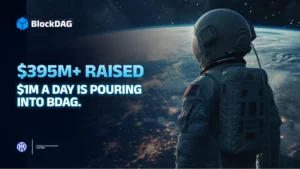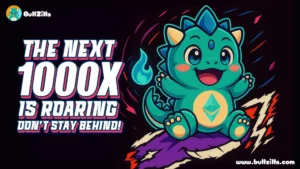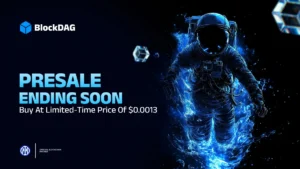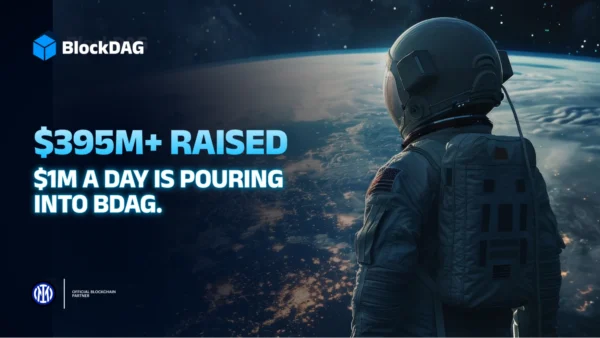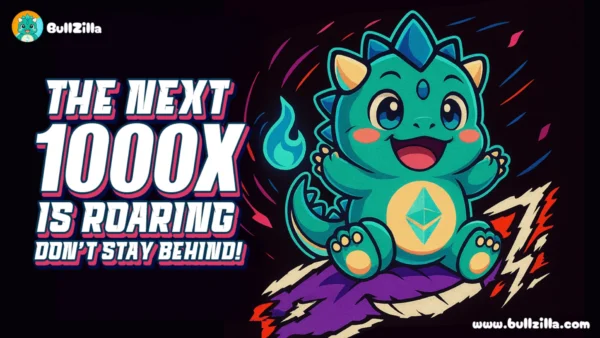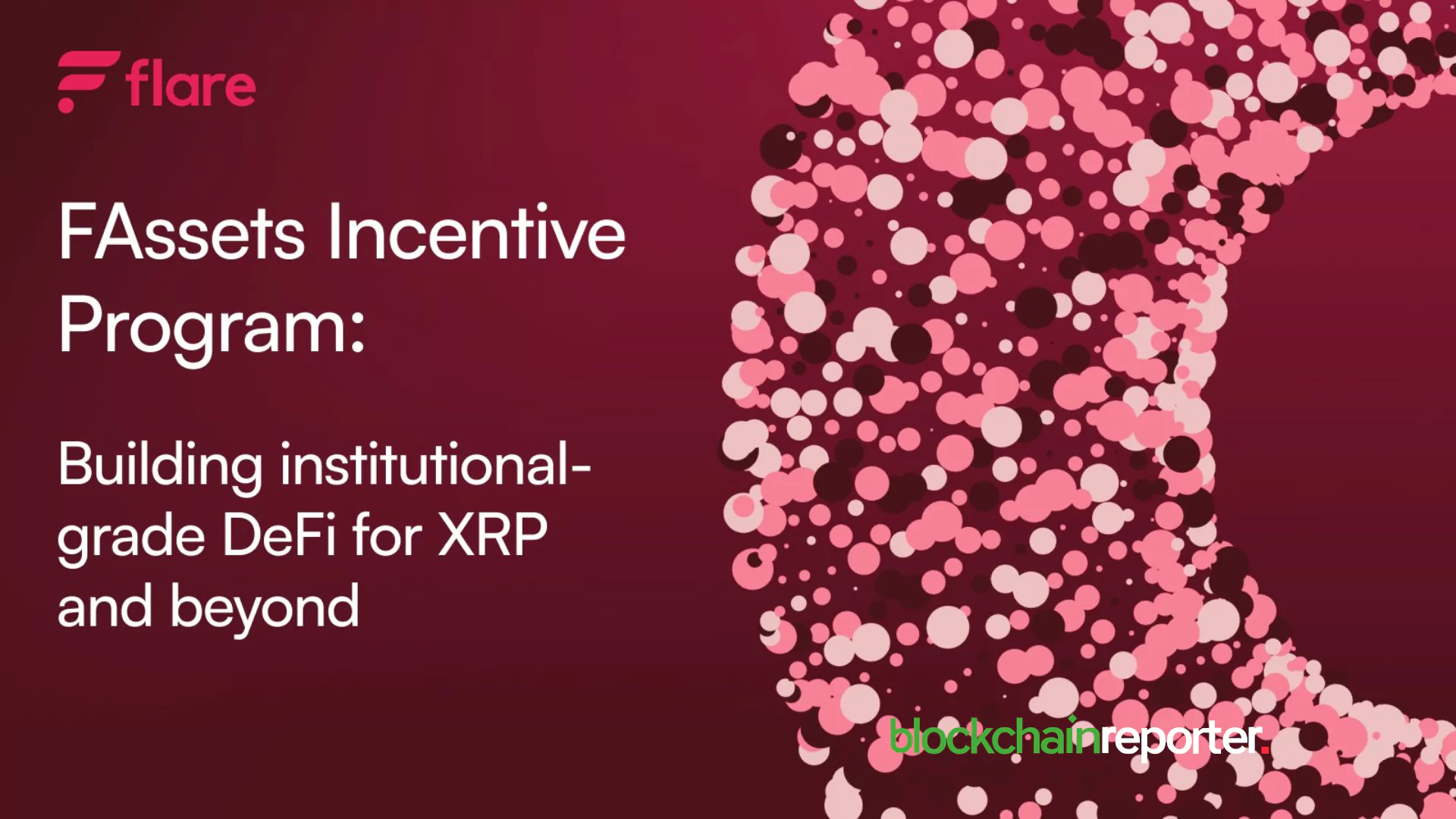
Flare Networks has announced the FAssets Incentive Program, distributing an approximately 2.2 billion FLR to enable the adoption of FAssets and build a modular DeFi infrastructure. The program is scheduled between July 2025 and July 2026 and will focus on protocols, assets, and liquidity pools that will promote institutional-grade DeFi capabilities of Flare.
This effort is the second part of the phased course, which started with the FIP.09 approval in the middle of 2024. The previous proposal set aside 510 million FLR in rFLR form to bolster the underlying DeFi infrastructure in the forms of decentralized exchange liquidity, stablecoin infrastructure, and lending markets. This, in turn, led to a significant boost in its Total Value Locked (TVL) that has risen to more than 150 million, compared to 9.95 million.
Flare Focuses on Core DeFi Verticals
The incentive protocol will facilitate four big areas of DeFi, including DEX liquidity, lending protocols, collateral debt positions, and yield derivative platforms. Dynamic reward distribution will favor platforms that are performing well in TVL maintenance, depth of their liquidity, and asset usage across chains.
The Flare Foundation has already allocated 20% of the total supply of FLR or 20 billion FLR to cross-chain incentives. However, little of it has been dispensed. The cross-chain incentive pool currently holds 19.4 billion FLR, which is an indication of a conservative distribution policy. This method allows Flare to be selective when focusing on support without over-inflating its model and diluting ecosystems.
Structured Distribution with Community Oversight
The rFLR will be distributed in the form of the rNAT contract within the program. The incentives will be issued in 30-day period including a recognizable vesting schedule. There will be a continuity and transparency of the provision of the existing committee and infrastructure in the tracking of rewards.
The incentive pool is limited to 2.2 billion FLR and real distributions will be based on developer activity and protocol influence. Any untapped FLR will be set aside on future ecosystem projects. Flare is also working on LTV chain visibility of wrapped FLR (wFLR), which would enable holders to monitor their contributions and impact on the ecosystem of their choice via analytics platforms.


